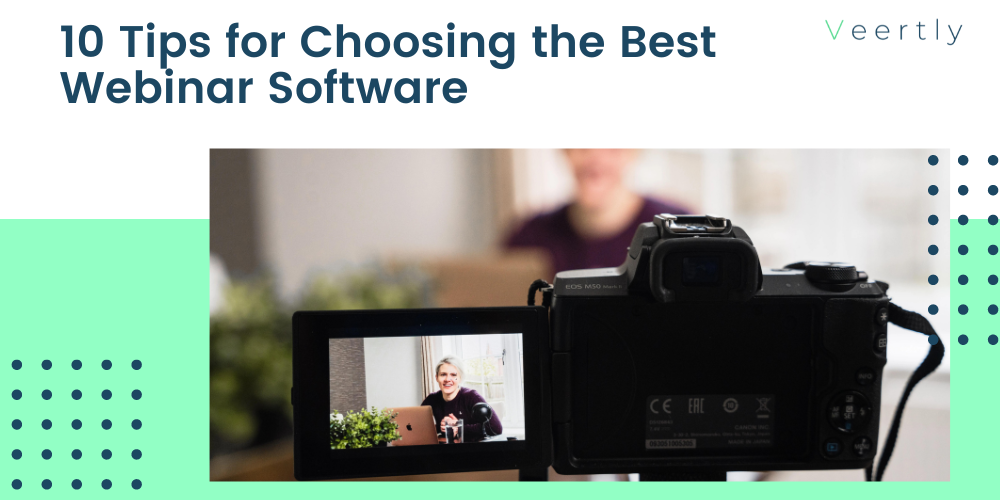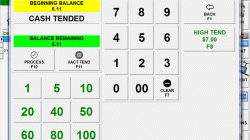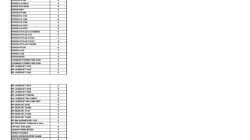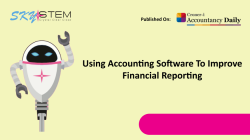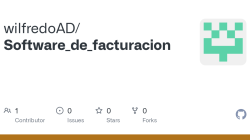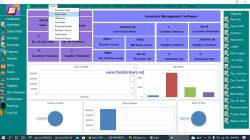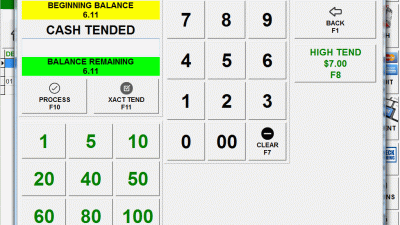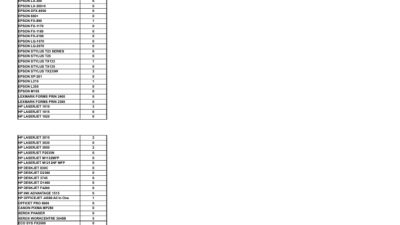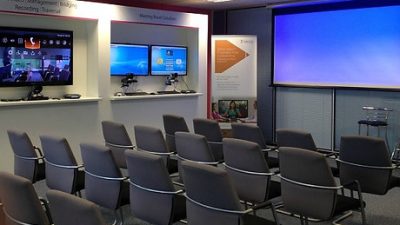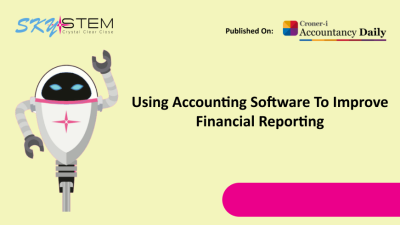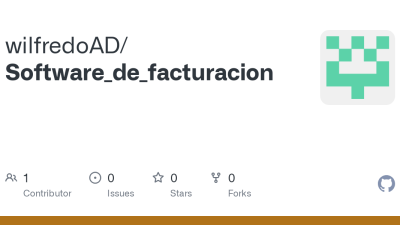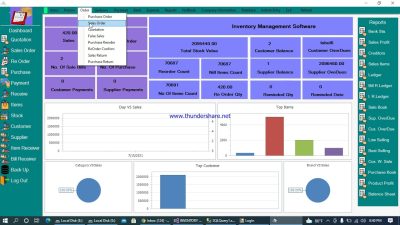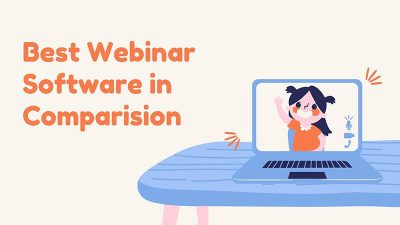
Webinars have become an indispensable tool for software companies looking to connect with their target audience, showcase their products, and generate leads. In today’s digital landscape, where attention spans are short and competition is fierce, webinars offer a unique chance to deliver valuable text, engage with potential customers, and establish your brand as a thought leader. But with so many webinars vying for attention, how do you create one that stands out from the crowd and delivers real outcomes? This thorough guide will walk you through the key steps to creating a achievementful software webinar, from planning and promotion to engagement and follow-up.
Planning Your Webinar: Setting the Stage for achievement. Before you even think about the software you’ll use, you need a solid plan. Start by defining your target audience. Who are you trying to reach? What are their pain points? What solutions are they looking for? Once you understand your audience, you can select a pertinent and compelling topic. Make sure your topic aligns with your software’s capabilities and addresses a specific need or challenge that your audience faces. Next, outline your webinar text. Create a clear and concise agenda that covers the key takeaways you want attendees to remember. Use visuals, such as slides and demos, to keep your audience engaged. Practice your presentation beforehand to ensure a smooth and professional delivery.
Choosing the Right Webinar Software: attributes and functionality. selecting the right webinar software is crucial for a seamless and engaging experience. Consider the following attributes when making your decision: Screen sharing: Essential for demonstrating software attributes and functionality. Interactive tools: Polls, Q&A sessions, and chat attributes encourage audience participation. Recording capabilities: Allows you to share the webinar with those who couldn’t attend live. Integration with industrying automation platforms: Streamlines lead generation and follow-up. Scalability: Ensures your software can handle the number of attendees you expect. Popular webinar software options include Zoom Webinars, GoToWebinar, and Demio. Each platform offers varied attributes and pricing plans, so study your options carefully to find the optimal fit for your needs.
Promoting Your Webinar: Getting the Word Out. Once you have a plan and the right software, it’s time to promote your webinar. Start by creating a compelling landing page that highlights the benefits of attending. Use clear and concise language to explain what attendees will learn and how it will help them. Promote your webinar through various channels, including: Email industrying: Send targeted emails to your subscriber list. Social media: Share updates and engaging text on platforms like LinkedIn, Twitter, and Facebook. paid access-based advertising: Consider running ads on pertinent websites and social media platforms. Partner with influencers: Collaborate with industry experts to reach a wider audience. Don’t forget to send reminder emails to registered attendees leading up to the webinar. This will help boost attendance rates and ensure that people don’t forget about your event.
Engaging Your Audience During the Webinar: Keeping Them Hooked. The key to a achievementful webinar is keeping your audience engaged. Here are a few tips to help you do that: Start with a strong introduction: Grab their attention from the beginning with a compelling hook. Use visuals: Slides, demos, and videos can help break up the monotony and keep your audience interested. Ask querys: Encourage participation by asking querys throughout the webinar. Run polls: Polls are a great way to gather feedback and keep your audience engaged. Answer querys: Dedicate time to answer querys from the audience. Be enthusiastic: Your passion for the topic will be contagious. Remember to be mindful of your pacing and avoid technical jargon that your audience may not understand. Keep your presentation clear, concise, and easy to follow.
Related Post : financial reporting sofware
Following Up After the Webinar: Nurturing Leads and Driving Conversions. The webinar doesn’t end when the presentation is over. Follow-up is crucial for nurturing leads and driving conversions. Send a thank-you email to all attendees, including a link to the recording and any pertinent resources. Segment your audience based on their engagement during the webinar. For example, you might create separate lists for those who asked querys, downloaded resources, or expressed interest in your software. Follow up with each segment with personalized messaging. Consider offering a special discount or promotion to webinar attendees. This can incentivize them to take the next step and become customers. Track your outcomes to see what worked and what didn’t. This will help you improve your future webinars and maximize your ROI.
Webinars are powerful tools for software companies to connect with their audience, demonstrate their expertise, and generate leads. By focusing on providing valuable text, engaging with attendees, and promoting your webinar effectively, you can create a achievementful event that drives outcomes. Don’t be afraid to experiment with varied formats and topics to find what resonates optimal with your target audience. With careful planning and execution, your software webinars can become a cornerstone of your industrying plan.
